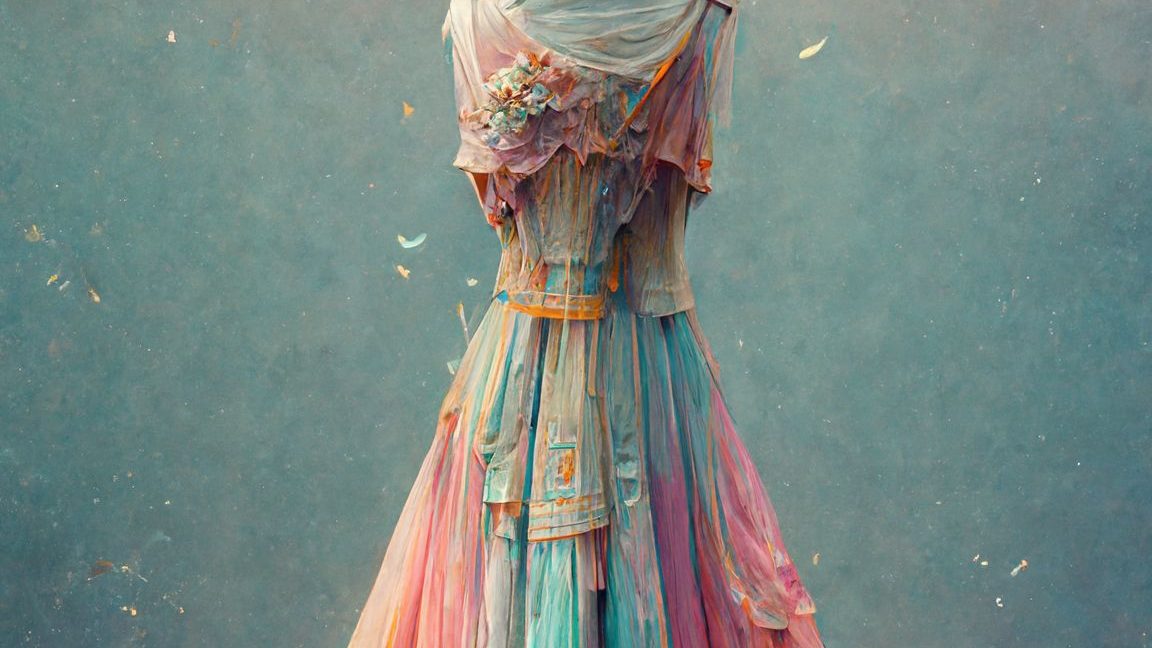
Need a Fashion Designer? Just Ask the AI
[ad_1]
Imagine if Frida Kahlo, the famous Mexican painter, were alive today, what sort of art she would have produced. For a human, it’s hard to create such arts based on previous artworks, but not for artificial intelligence.

Carlos Paboudjian, Creative at VMLY&R, a creative commerce company, generated imaginary designs capturing the imagination of Frida Kahlo and presented it on clothes. He turned the painter Frida Kahlo into a fashion designer using the power of AI-powered imaging tools like DALL.E 2 and Midjourney. He ran this fashion designer experiment on the director Wes Anderson and produced a whole collection of designer clothes capturing his creative nature.
This experiment, however, has created a new debate—is AI powerful enough to replace designers?
“AI will undoubtedly challenge and replace designers,” says Economist editor Kenneth Cukier. This is because AI will be able to conduct designer jobs faster and make more accurate forecasts.
The availability of datasets such as DeepFashion have been there for more than half a decade now. The dataset includes over 800,000 varied fashion photographs with comprehensive annotations ranging from well-posed product images to real-world-like consumer photos. This aided the business in anticipating a clothing item’s category and creating computer-generated pictures of similar-looking products.
Experts say that the initial hindrance in bringing AI technology to designs was because of the lack of technology. Experts say that making realistic fashion shots was a difficult task due to the large data in the photographs before the advent of Generative Adversarial Networks (GANs). Images are frequently high resolution, which results in a huge number of pixels. GANs gave researchers a viable method for producing and verifying all of this data.
Fashion designing: A cakewalk
With newer developments observed in Artificial Intelligence, fashion designers are also trying to adopt the technology to solve various problems like predicting newer trends, achieving sustainability and sorting supply chains, among others. What if artificial intelligence does all these things without the interference of a human?
A sweatshirt developed using artificial intelligence (AI) and manufactured by Hyundai’s Handsome drew media attention in 2019. It was the first time in Korea that a fashion company used AI to create garments.
It was created by Designovel, a data-driven fashion IT startup. The firm employed artificial intelligence to create fashion designs for its customers, which included Hyundai and other sports and fashion brands.
The tech company had admitted, then, that it might struggle to create unique ideas and simply locate an average trending design by taking advantage of superhuman processing capabilities.
However, in the past three years, AI technology has advanced to the level that it can create complicated unique designs.
The rise of DALL.E 2 and Midjourney, among others, has made the process too easy. The text-to-image platform can create realistic images and art from a description in natural language.
Designing, a creative, mystical, intuitive, and enigmatic process in which the primary purpose is to solve a hard problem and develop or explore unique solutions, may be solved with a simple description.

The simplicity provided by these new AI-based platforms is the cause of threat to designers.
“Clothing brands are using technology to solve their various problems. Sooner or later they will implement the use of AI in designing also, a direct threat to designers employed by them,” said Devanshu, Co-founder and COO at Trendgully, a Dubai-based company which provides software support and research reports to fashion brands.
This means that the job of designers, employed with small brands, may soon be at stake.
Retailers see AI as enabler
The report, titled ‘Retail Superstars: How Unleashing AI Across Functions Offers a Multi-Billion Dollar Opportunity’, examined 400 worldwide merchants who are deploying AI use cases at various degrees of maturity—a group that accounts for 23% of the global retail industry by revenue.
The report found that currently, more than a quarter (28%) of retailers are using AI. The study discovers a large rise in AI installations from 2017 (17%) and a seven-fold increase from 2016 (4%).
So far, AI has fueled some employment creation while causing insignificant job losses. According to 71 percent of retailers, AI is now producing employment, with more than two-thirds (68 percent) of the jobs being at the senior level (coordinator level or above).
Retailers observe that the impact of AI has led to the decrease in customer complaints and rise in revenue. They are now strikingly united in their assessment of the impact AI will have on consumer relations and sales.
[ad_2]
Source link


